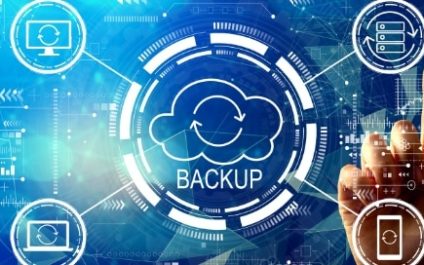Running a small or medium-sized business (SMB) means juggling countless responsibilities daily, from overseeing employees to meeting customer demands. Given this, SMB owners like you often overlook the risk of IT disruptions. Unexpected IT disruptions can lead to operational chaos and huge financial losses.
How to keep your business running during disruptions
RTO and RPO speeds in disaster recovery: How fast is fast enough?

When disaster strikes, time is of the essence. For business owners, unexpected IT disruptions can lead to lost data, halted operations, and unhappy customers. Enter RTO (recovery time objective) and RPO (recovery point objective): two critical metrics that define how quickly your business can recover from an IT failure and how much data you can afford to lose.
5 Signs your backup solution is outdated and needs an upgrade

Data backups are the cornerstone of business continuity planning and protect your business from cyberattacks and other unforeseen disasters. But outdated solutions can leave you vulnerable, especially if you assume it’s still working properly when it isn’t.
If your backups aren’t up to date, they may not be working properly, meaning not all of your vital data is being preserved.
Case studies: Business continuity do’s and don’ts

A business continuity plan (BCP) is a nonnegotiable asset that helps organizations swiftly recover from unexpected disruptions such as cyberattacks or natural disasters. An effective plan can make the difference between a resilient company and one that permanently shuts down due to lost profits and customer trust.
5 Key components of an effective business continuity plan

A business continuity plan (BCP) is a carefully crafted strategy to help companies stay operational during and after a disaster, such as a cyberattack or natural calamity. This plan typically outlines employee procedures, emergency communications, and contingencies to help businesses quickly bounce back from a disruptive incident.
Critical questions to ask when evaluating a disaster recovery provider

Selecting a disaster recovery (DR) partner is an important decision because having the right partner can affect business operations, specifically in the event of a disaster or any unexpected event that impacts/disrupts operations. In this article, we’ll highlight important questions you should ask before choosing a DR provider.
The top data backup and recovery myths, busted!

Data backup and disaster recovery myths run rampant in the business world. But when it comes to protecting your company's data, separating fact from fiction is crucial. To help you get a better handle on the reality of data backup and disaster recovery, we’ve busted some of the biggest myths surrounding them.
Why you should get an MSP to develop a BDR strategy for you
These disaster recovery mistakes could shut down your business

It's a fact of life: disasters happen. But while some businesses are lucky enough to weather the storm, others are not so fortunate. In many cases, the difference between bouncing back and shutting down for good is a well-executed disaster recovery plan (DRP).
Unfortunately, far too many companies make the mistake of either not having a DRP at all or having a plan that is sorely lacking in key areas.



